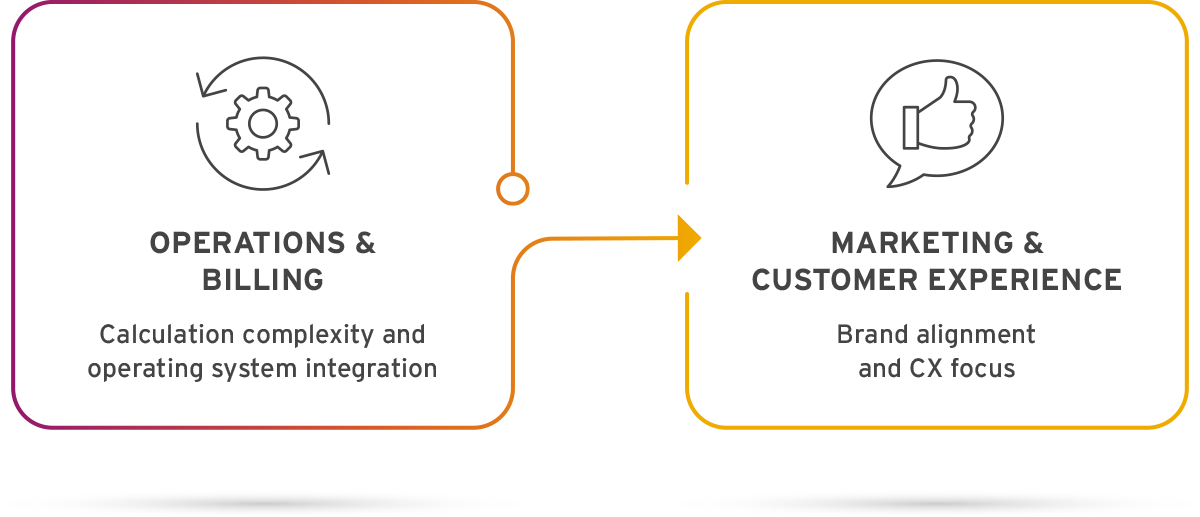Regulations for marketing messages
The amount of real estate you give to call-to-action messaging on essential communications may also be regulated in your region. In Australia, for example, no more than 25% of your essential communication can be used to communicate marketing messages. Each region has its own specific requirements, so this needs to be factored into design considerations.
Include targeted, relevant information
Understanding your target audience is key to aligning your essential communications strategy to your business strategy, ensuring you create targeted information to drive loyalty, improve the customer experience and more.
Examples of how to unlock the potential of essential communications
How a financial services provider addressed customer experience issues and improved customer retention
A financial services provider found that more than 12% of small business applicants for its transactional card were defaulting within the first six weeks.
Our persona analysis uncovered that the welcome letters were often being sent to the business owner, rather than the assistant or accountant who establishes the supplier as a vendor and makes the payments.
This simple insight enabled us to build an application and welcome pack process to target the right audience, which resulted in improved customer retention, greater share of wallet (through upsell) and a significant reduction in default rates.
How water utility companies use gamification to shift consumer behavior
When designing bills for a water utility, including graphics around usage rates is proven to shift the way consumers think about their water usage and even change their behavior.
For example, inserting comparison charts can elicit a competitive response from some customers, while including targets for environmentally friendly usage rates and showing household usage against those targets can drive a sustainability response.
This simple addition to essential communications can contribute to a wider organizational goal to serve customers from the existing catchments, saving the community from costly infrastructure projects such as new dams or desalination plants.
Over to you
Your essential communications provide a valuable opportunity to drive changes in consumer behavior, educate and inform customers and propel your business strategy forward. It all comes down to careful planning around relevant messaging and design to meet your business goals while complying with regulations.
For help harnessing the full potential of your essential communications and to find out how they can help you achieve your business goals, contact our Computershare team today.

